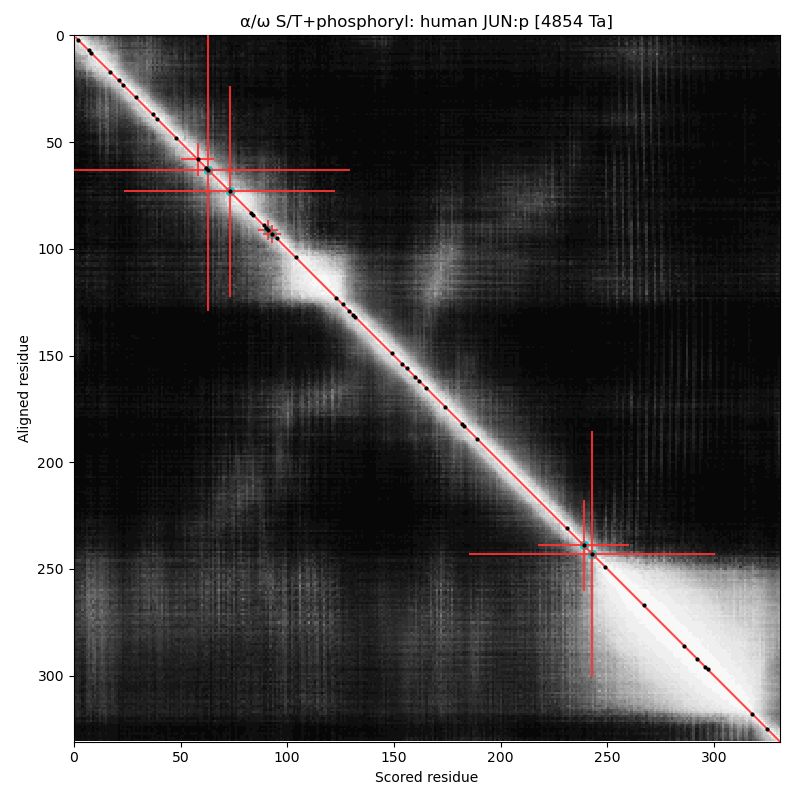
Putting it online since 1995.
Just say no to cancer research (lesson learned).
QA >> QC
I enjoy doing things I am not very good […]
🌉 bridged from ⁂ https://mastodon.social/@RonBeavis, follow @ap.brid.gy to interact





Is there an existing terminology to refer to the two proximal flanking IDRs associated with a named structured domain?
Is there an existing terminology to refer to the two proximal flanking IDRs associated with a named structured domain?






[Original post on mastodon.social]


[Original post on mastodon.social]
"The higher-education sector should collectively — and vocally — agree that the current rankings are not fit for purpose."
https://www.nature.com/articles/d41586-025-03636-x
Lizzie Gadd @lizziegadd is spot on, as always!
#rankings #universities […]
"The higher-education sector should collectively — and vocally — agree that the current rankings are not fit for purpose."
https://www.nature.com/articles/d41586-025-03636-x
Lizzie Gadd @lizziegadd is spot on, as always!
#rankings #universities […]






https://www.theguardian.com/us-news/2025/nov/08/kristi-noem-spirit-airlines-planes
https://www.theguardian.com/us-news/2025/nov/08/kristi-noem-spirit-airlines-planes









